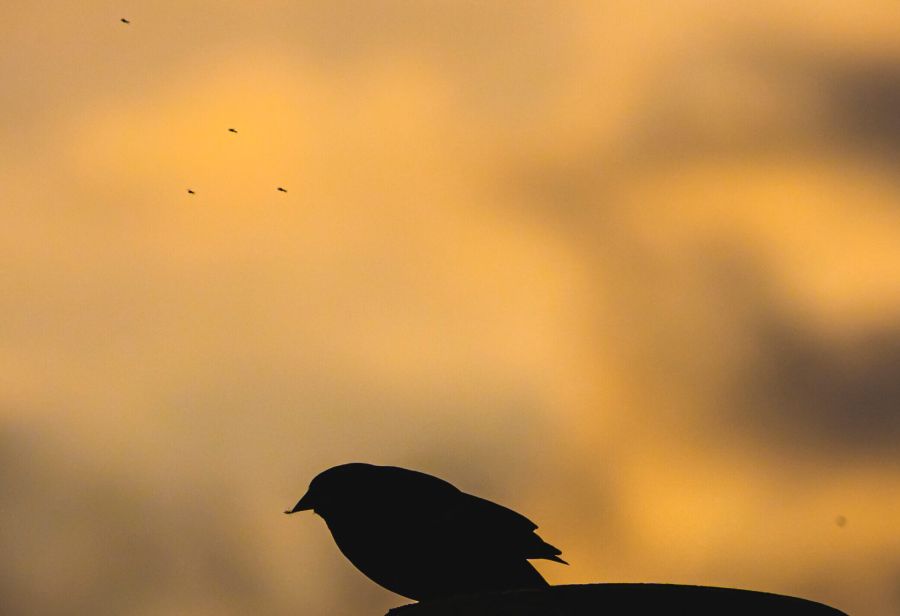One Health approach uncovers emergence and dynamics of Usutu and West Nile viruses in the Netherlands

This publication is part of the project ‘Preparing for vector-borne virus outbreaks in a changing world: a One Health Approach’ (NWA.1160.1S.210) which is (partly) financed by the Dutch Research Council (NWO).
Authors: Emmanuelle Münger, Nnomzie C. Atama, Jurrian van Irsel, Rody Blom, Louie Krol, Tjomme van Mastrigt, Tijs J. van den Berg, Marieta Braks, Ankje de Vries, Anne van der Linden, Irina Chestakova, Marjan Boter, Felicity D. Chandler, Robert Kohl, David F. Nieuwenhuijse, Mathilde Uiterwijk, Ron A. M. Fouchier, Hein Sprong, Andrea Gröne, Constantianus J. M. Koenraadt, Maarten Schrama, Chantal B. E. M. Reusken, Arjan Stroo, Judith M. A. van den Brand, Henk P. van der Jeugd, Bas B. Oude Munnink, Reina S. Sikkema, Marion P.G. Koopmans
Abstract
Mosquito-borne arboviruses, including Usutu virus (USUV) and West Nile virus (WNV), are emerging threats in Europe, with changes in climate, land use shifts, and increasing global connectivity influencing their dynamics. Understanding how these viruses emerge and establish in new regions is critical for mitigating risks and improving public and wildlife health preparedness. Here, we present a seven-year study (2016-2022, inclusive) documenting the emergence and spread of USUV and WNV in the Netherlands. We established a nationwide sampling framework integrating live birds sampling by volunteer ringers, dead birds referrals by citizen scientists and zoos, and mosquito trapping. Samples were analyzed using molecular, genomic, and serological methods. USUV was first detected in the Netherlands in 2016, caused major outbreaks in birds until 2018 and resurged in 2022. The dominant, enzootic lineage, Africa 3, co-circulated with sporadic introductions of lineage Europe 3. The first localized WNV lineage 2 outbreak occurred in live birds and mosquitoes in 2020, followed by a detection in a bird in 2022 and serological evidence of continued circulation, suggesting WNV is in an early stage of establishment. Our findings were crucial in detecting a human WNV outbreak, underscoring the value of integrated wildlife studies in detecting emerging threats to public health.
Read the whole publication here.
Source: PubMed